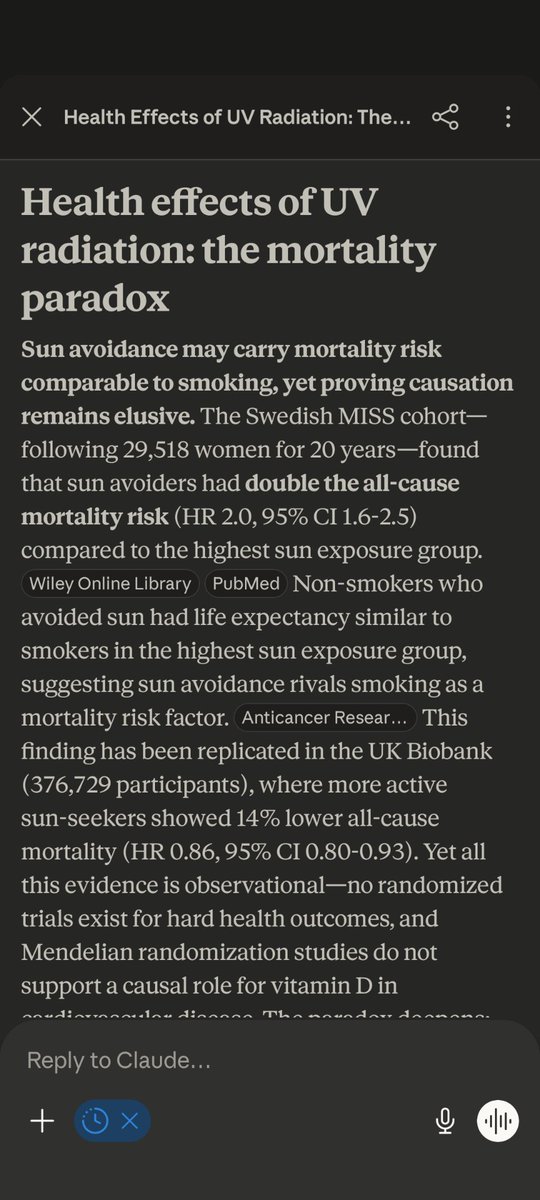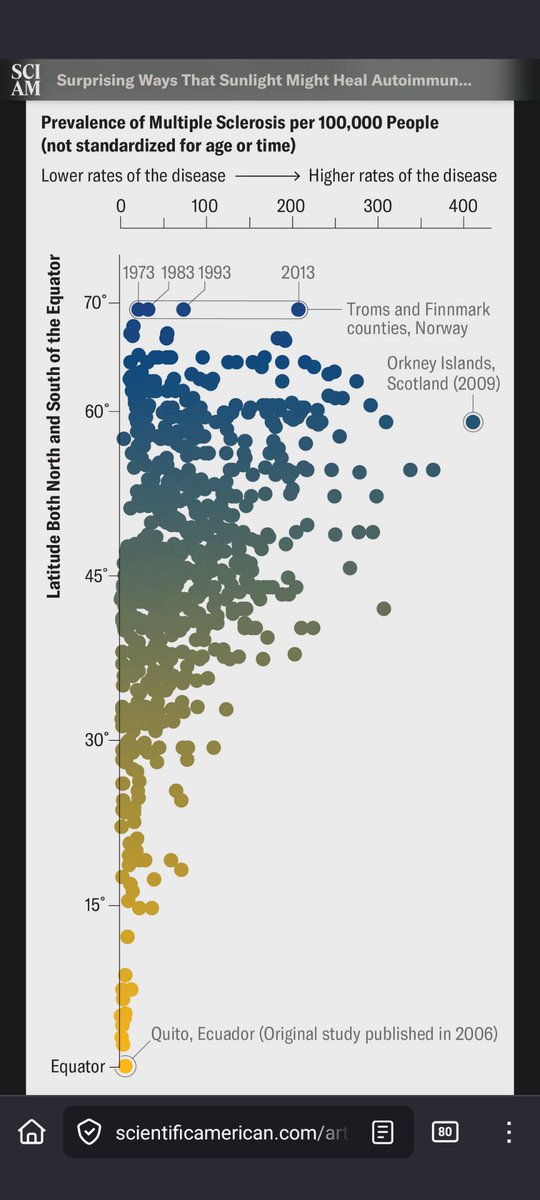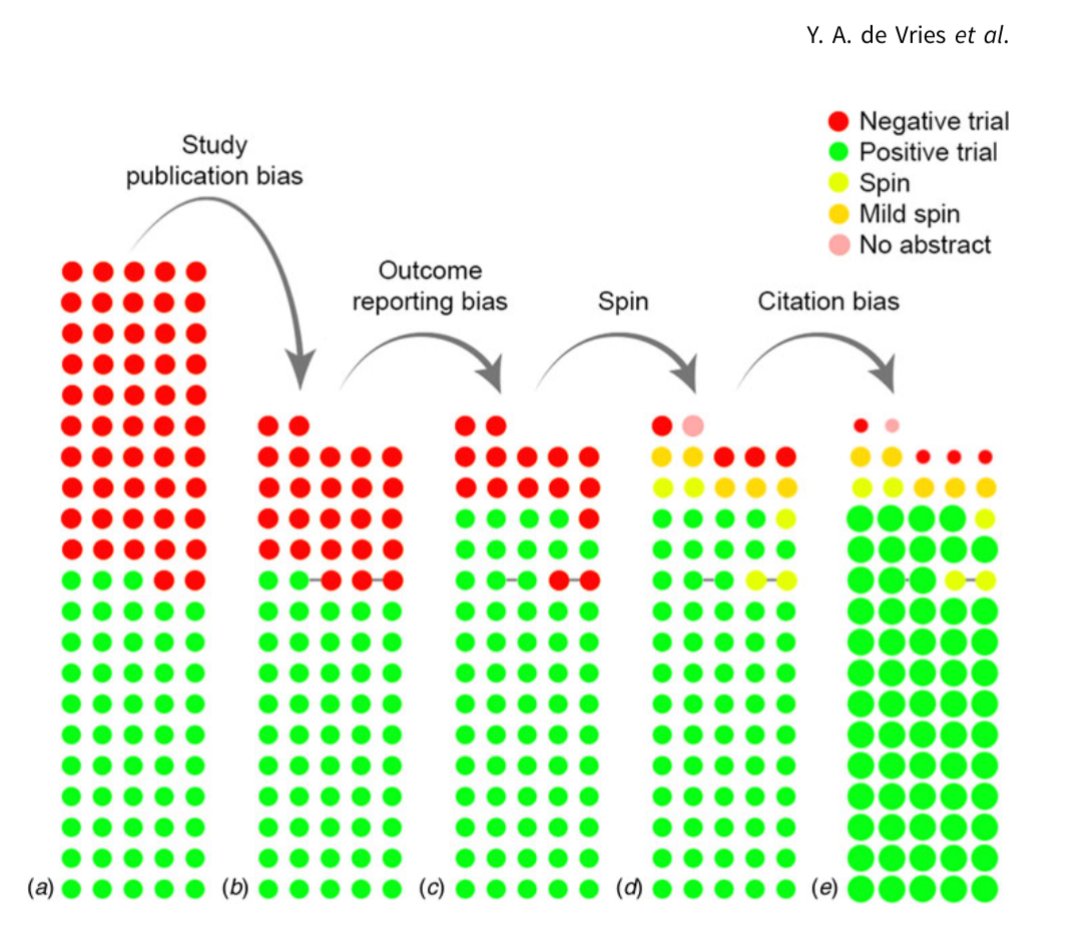How much does public research funding affect drug development & market success?
Two papers have looked at this (h/t @mattsclancy @Atelfo ).
Based on these, I ran some quick calculations for ME/CFS and Long Covid
🧵
1/
Two papers have looked at this (h/t @mattsclancy @Atelfo ).
Based on these, I ran some quick calculations for ME/CFS and Long Covid
🧵
1/

@mattsclancy @Atelfo Toole (2012) found that 1% increase in NIH funding increases new drugs (17-24y later) by 1.8%. Or about $706M in 2010 USD for 1 drug approval
sciencedirect.com/science/articl…
sciencedirect.com/science/articl…

@mattsclancy @Atelfo Azoulay et al. (2019) find that $10 million in public funding yields 2.7 new patents (though only 1.4 in the same disease area!)
Only 1 per 116 patents in their database is linked to a successful drug. So, $430 million in cumulative public funding needed for 1 drug approval
Only 1 per 116 patents in their database is linked to a successful drug. So, $430 million in cumulative public funding needed for 1 drug approval

@mattsclancy @Atelfo So, where do ME/CFS and Long Covid place on this?
ME/CFS has received, 2008-2024, only a paltry $157M from the NIH.
Adjusted for inflation, that's ~$137M in 2010 dollars.
Only 19-32% of the way to a single approved drug
ME/CFS has received, 2008-2024, only a paltry $157M from the NIH.
Adjusted for inflation, that's ~$137M in 2010 dollars.
Only 19-32% of the way to a single approved drug

@mattsclancy @Atelfo Long Covid had received cumulatively about $1.8B from the NIH, that's about $1.4B in 2010 dollars
The models predict 2.02 to 3.31 drugs, based on just this amount. In 17-24 years after funding though..
The models predict 2.02 to 3.31 drugs, based on just this amount. In 17-24 years after funding though..

@mattsclancy @Atelfo The picture looks pretty bleak for ME/CFS. We definitely need more funding for it!
Also, improvements in research quality and improvements in market incentives would significantly improve the # of expected drugs.
And there is a silver lining:
Also, improvements in research quality and improvements in market incentives would significantly improve the # of expected drugs.
And there is a silver lining:
https://x.com/PatientPersists/status/1933946203177168974?t=5H0H2XO9MhW93oHIdbnBVA&s=19
@mattsclancy @Atelfo The research shows significant spillover effects. In fact, more patents (2.2) were filed for *other* indications, than for the original indications for which the NIH grants were (1.4)
LC research is especially likely to spill over to ME/CFS! But it can also be other research!
LC research is especially likely to spill over to ME/CFS! But it can also be other research!
@mattsclancy @Atelfo Last, please bear in mind that these were hastily created calculations (limited spoons), and I may have misunderstood something. I didn't even read the papers!
I converted the Azoulay patent amount into drugs
Also, in my interpretation here, there are no diminishing returns.
I converted the Azoulay patent amount into drugs
Also, in my interpretation here, there are no diminishing returns.
@mattsclancy @Atelfo This was inspired by this blog post by @atelfo
with a long list of interesting questions about biotech,
and the answer to 1 question by @mattsclancy citing the 2 papers I used here atelfo.github.io/2024/04/01/bio…
with a long list of interesting questions about biotech,
and the answer to 1 question by @mattsclancy citing the 2 papers I used here atelfo.github.io/2024/04/01/bio…

@mattsclancy @Atelfo Sources:
Toole (2012) - sciencedirect.com/science/articl…
Azoulay et al. (2019) - academic.oup.com/restud/article…
Toole (2012) - sciencedirect.com/science/articl…
Azoulay et al. (2019) - academic.oup.com/restud/article…
@mattsclancy @Atelfo @threadreaderapp unroll please
• • •
Missing some Tweet in this thread? You can try to
force a refresh













